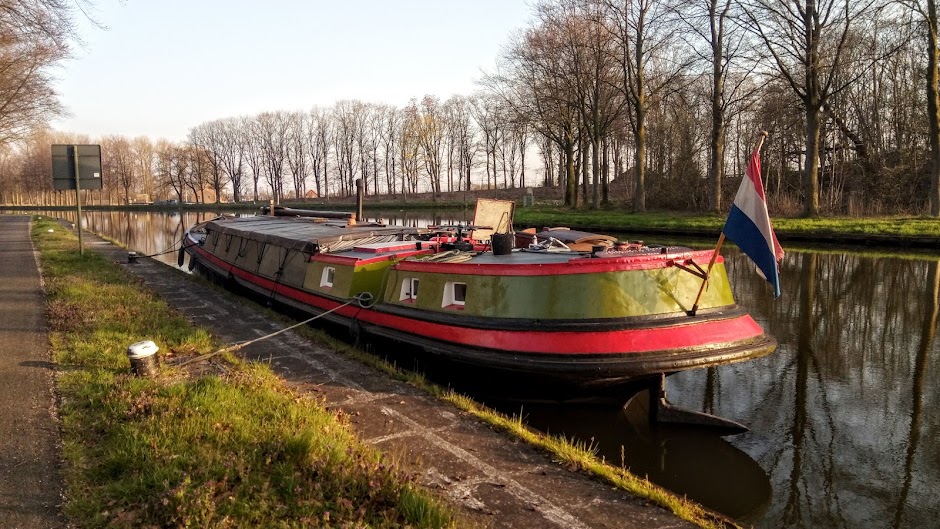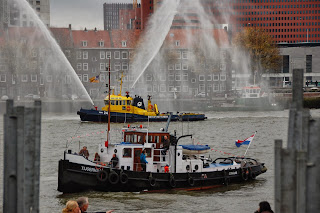I'm a writer, aren't I? I don't mean as in a career novelist or some such, but it's what I've always done at work to pay the rent. After all, when I'm not writing as a hobby, I spend my days teaching groups of poor souls how to do it too. Leaping up and down with excitement in the classroom over the difference between a dependent clause and a subordinating phrase is what keeps food on the table. Believe it or not, I do still manage to get excited about it, which is just as well as I'm the only one who does.
One thing I've come to realise though is that I instill all these rules about sentence structure and 'the perfect clause' in my academic writing students, but then promptly break them all myself in the interests of my own style. I feel guilty about it sometimes. The thing is it makes me almost schizophrenic as a writer. On the one side, I'm expostulating about proper academic structure, coherence and style, but allowing all sorts of other 'low importance' errors (e.g. wrong verb forms and word forms abound without too much comment). In academic writing, perfect grammar and punctuation are not considered of primary importance, see. It's the development of the critical discussion and final argument that counts. But then I come to a class of business communication students, and for this, faultless spelling and grammar are essential for a professional image. However, in the business world, the focus on information flow and critical approach are not deemed as important as being concise and to the point. At least that's what I learned in my former guise as a marketing and communications writer. It's all about persuasive messages, these (I find) often being at odds with critical thinking.
And then I get home and put on another hat. I move into my creative and narrative writing persona, which is different again. Grammar, spelling and punctuation become my personal editing nemeses (if such a thing is possible in plural), but lovely, juicy sentence fragments are part of my creative toolbox. In fact I break most of the academic writing rules in creative writing, but have to cross all sorts of other 't's and dot different 'i's. And what's worse, my students start googling me, buy my books and see me hacking all those rules I've been giving them to pieces.
So here we are. All three of me. Wondering which persona I use when writing my blog.
But now I remember. I had nothing to write about, didn't I? Ah well, I seem to have overcome this particular writing block just by writing about not writing right - or something.
Does anyone else ever suffer from these inspiration freezes?
 |
| Here's a photo that I just love for no particular reason |




















